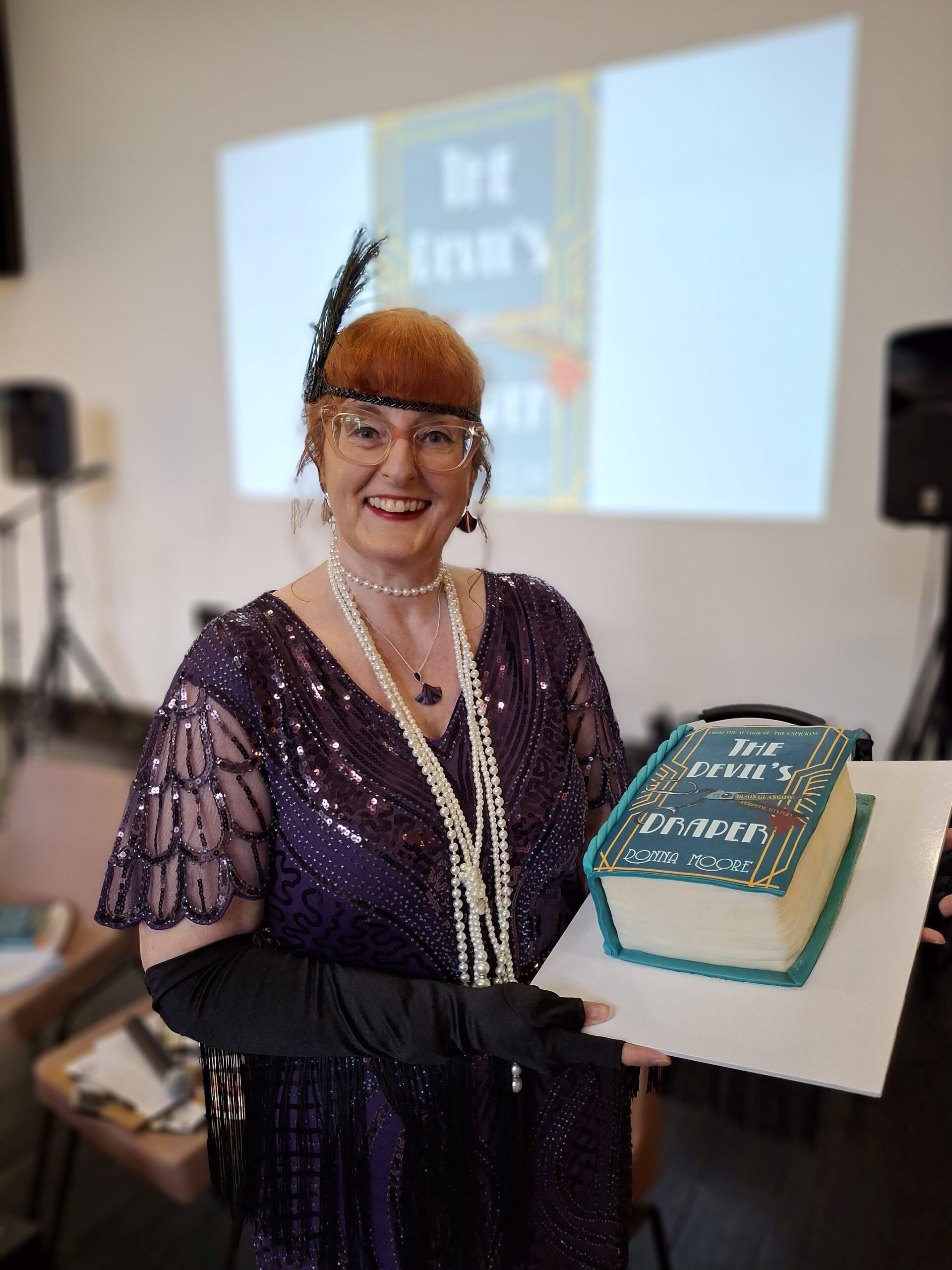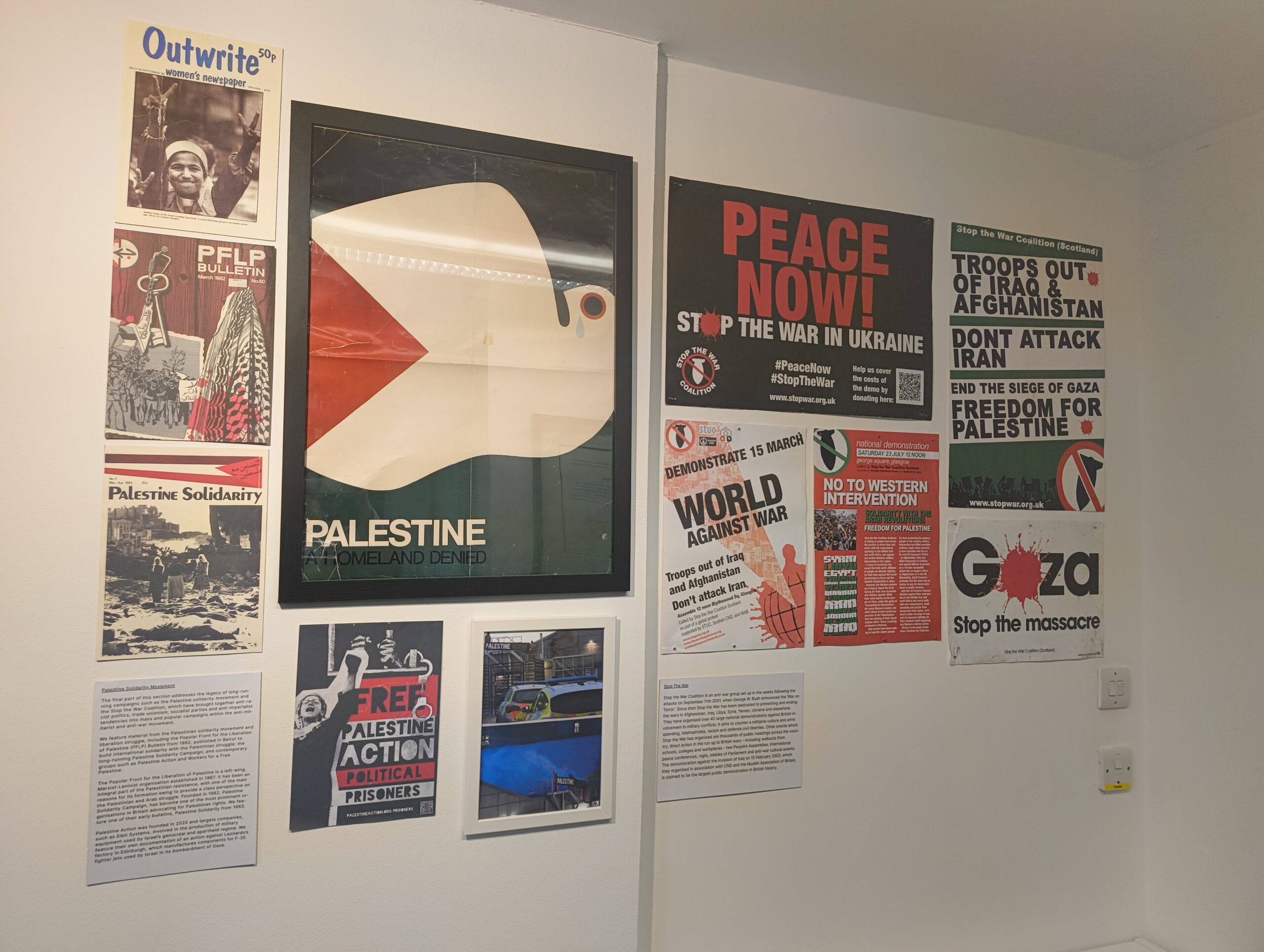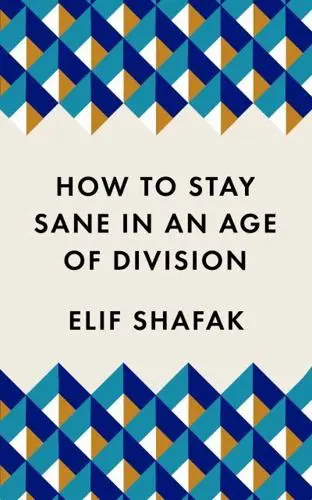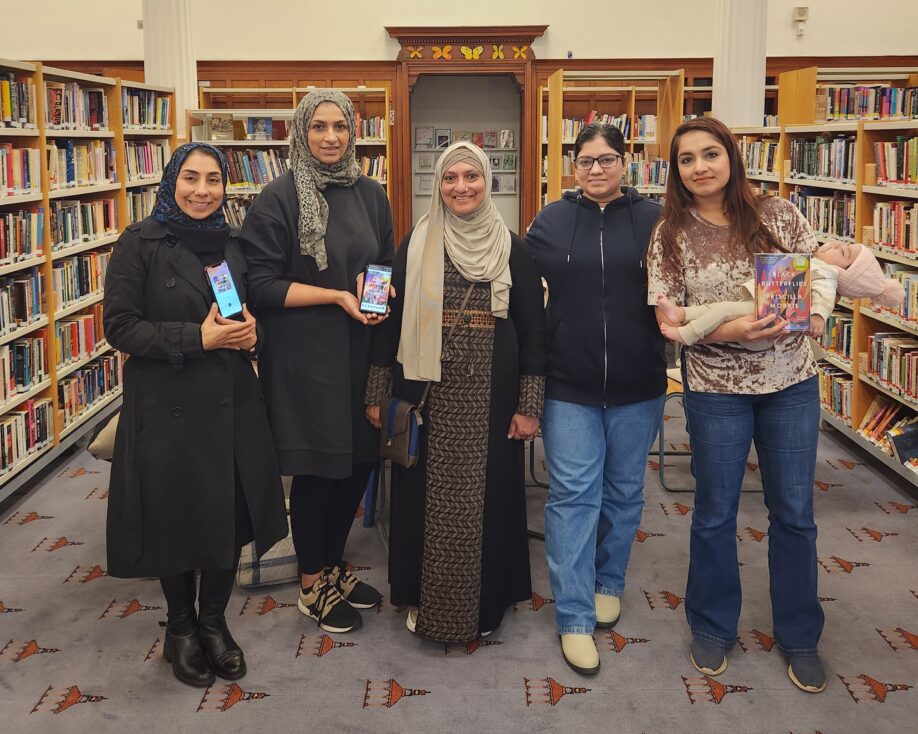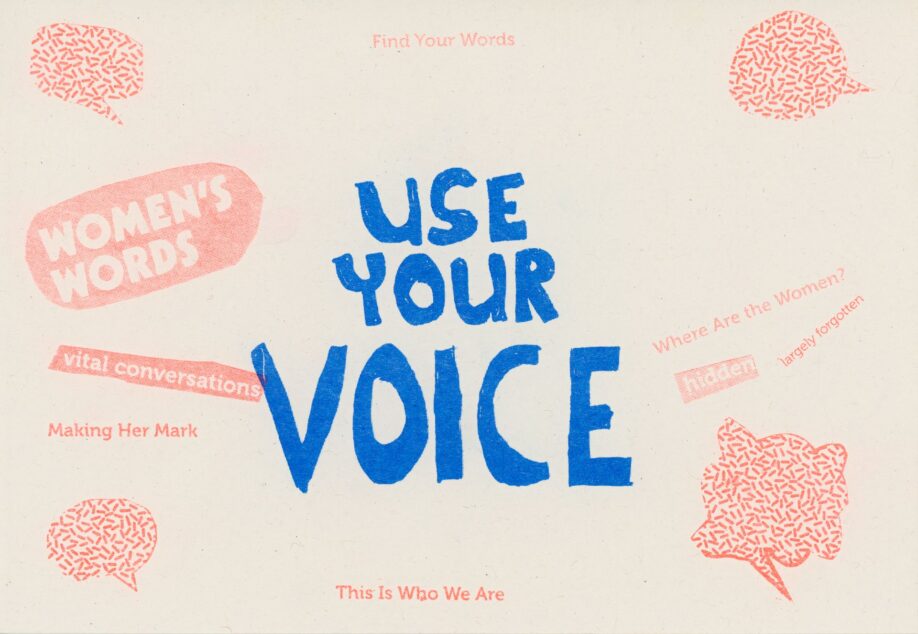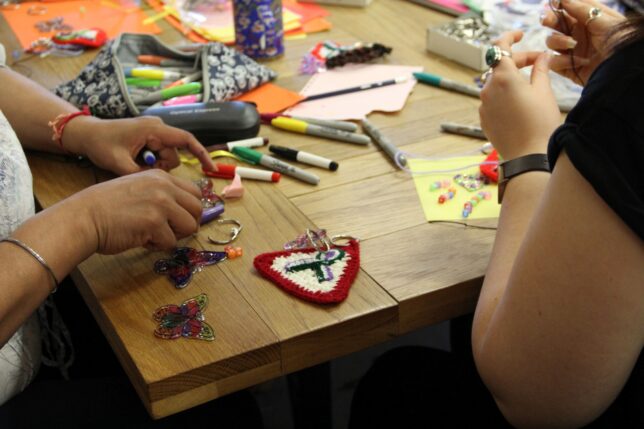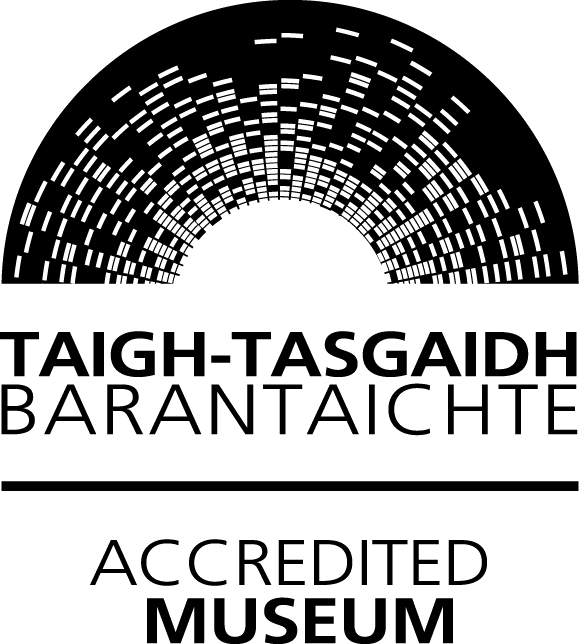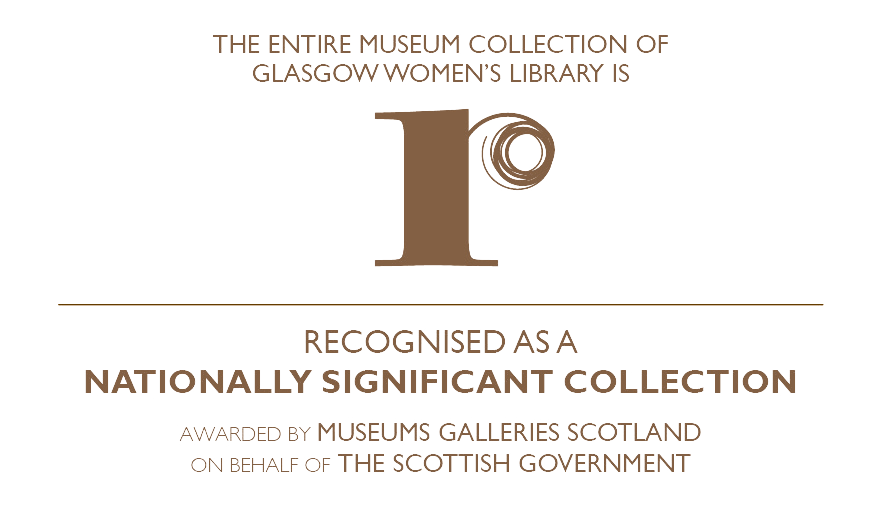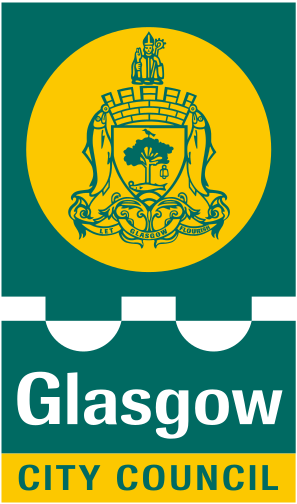
After our whirlwind tour through the history of the Bridgeton Public Library, I think that the main take away from its story is that no matter what year we are in, or the social and economic conditions, the library has always and will always remain an important part of our culture. Emerging from humble roots, the public library as an institution has now become so deeply engrained in our social and intellectual values as Scots.
As Carnegie once said:
‘A library outranks any other one thing a community can do to benefit its people. It is a never-failing spring in the desert’. 1
The library throughout time has acted as a safe and open space, accessible for all, and a space which offers endless possibilities for a socially inclusive life, filled with learning and entertainment. In our modern world, the public library remains one of the last free and inclusive spaces, which we can escape to for, ‘Ethical recalibration and political reconciliation, where we can talk out our differences of opinion and steel our defences against lies and manipulation’. 2 The library has always been, and will continue to be, a place of freedom.
However, have the original reasons why the library was established carried into the modern day? I would argue that yes, they have, but they have been adjusted to meet the needs of the modern population it serves. It is for this reason that the amazing work of the Glasgow Women’s Library, which the Bridgeton Library building is now home to, allows us to carry on this legacy for future generations.
The Glasgow Women’s Library relocated to the site of 23 Landressey Street in 2013, following the relocation of the Council Library to the Olympia building, which was newly restored as part of the regeneration of Bridgeton and Dalmarnock in the lead up to the Commonwealth Games in 2014. GWL thus moved into the vacant lot, completing a major £1.4 million refurbishment of the building to meet the needs of the modern community. It is the only accredited museum dedicated to women’s history in the whole of the UK, and it serves as not only a lending library, but as a heart for women in Scotland. The Women’s Library provides vital services and learning programmes, acting as a hub and support network for women from all backgrounds and with a diverse range of needs. It is a library for women, by women.
The fantastic restoration project by the Glasgow Women’s Library has allowed the building to meet the demand for new library behaviours and users, representing the complex nature of being a woman in modern Scotland. We have successfully moved beyond the binary of the public library that was the norm when the building was first established, to recognise that within the library as a public space, not everyone participates in this space in the same way. 3
As the library has evolved, we have seen its growth towards a more open-access model- it has grown with the needs of its users. To adapt to the changing demographic of the community, the library has provided services and activities suited to the new community’s needs. For example, the library now offers English classes for women in the community who have English as an additional language, with classes designed to support reading and writing. Exhibitions are also held which display the work of incredible women, highlighting the different ways in which womanhood can be defined in our modern world.
It is because of this that I think there is something quite poetic about the fact that when the library first opened, women were not at the heart of the library’s purpose and design. But now, we occupy the whole space, and it is designed for our needs. The collections at the library now represent the diverse nature of our experiences as women across time, to record and reinvigorate our shared history.
The library has grown and adjusted with its users- it has never become stagnant in its role as a hub of community and learning. It is because of this that we have met one of Carnegie’s aims of the Bridgeton Library’s establishment, that the library will, ‘Grow in usefulness year after year, and prove one of the most potent agencies for the good of the people for all time to come’.4
References
1- Kevan Smith, ‘A Carnegie Library in 2019, Glasgow Libraries’, (2019), https://www.cilips.org.uk/a-carnegie-library-in-2019-glasgow-libraries/.
2- Shannon Mattern, ‘Fugitive Libraries’, Places Journal (October 2019), https://placesjournal.org/article/fugitive-libraries/, 1.
3- Shannon Mattern, ‘Fugitive Libraries’, Places Journal (October 2019), https://placesjournal.org/article/fugitive-libraries/, 2.
4- Neil MacDonald, ‘Carnegie Libraries of Scotland’, http://www.neil-macdonald.com/A2/intro.htm.

